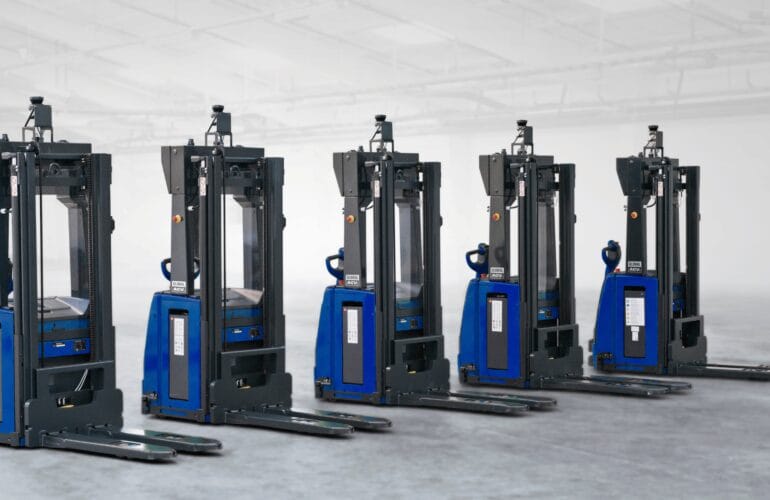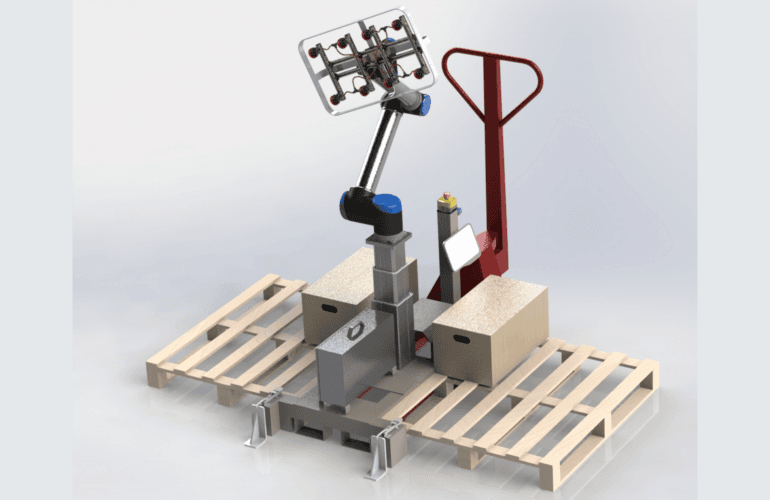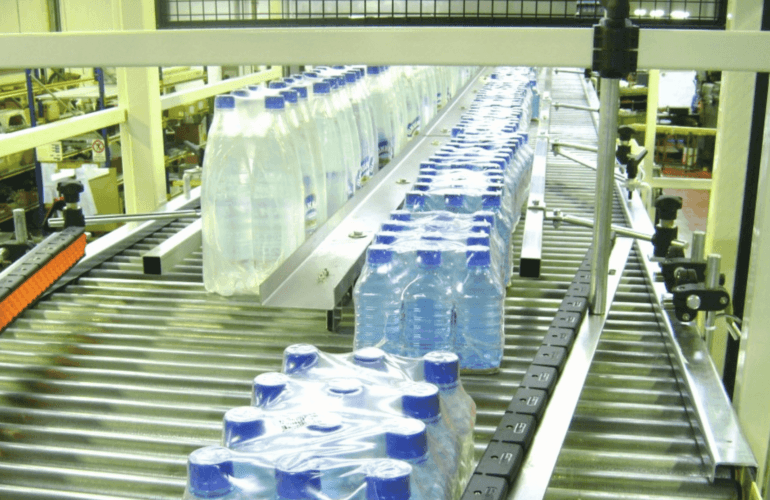Businesses in the UK are under pressure to meet a sharp rise in post-pandemic consumer demand, while at the same time, struggling with a national labour shortage. Many are turning to automation for help, so it’s no surprise that market experts predict that this will be a key investment theme for 2022.
The benefits of automation
To overcome the shortage in workers, some businesses are choosing to automate key processes, like material handling. When you invest in automation, you are less reliant on a large workforce and you benefit from a reduction in labour costs.
What’s more, if you remove the human element from manual and repetitive tasks, you can expect to see a reduction in health and safety incidents. In the long-term, this will save you money in compensation and time lost due to staff absence.
Unlike the workforce you are used to, machines have little downtime. They can be relied upon to work continuously for long periods without making mistakes – and in turn there is less wasted raw material (another important cost saving).
This increase in output combined with a reduction in costs is what makes automation such an efficient option and why businesses are choosing to invest.
Budgeting for automation
Now is the time to make the case for investing in automation, and you can start by calculating the cost savings that can be made across the business, including:
- staff headcount
- injury pay-outs and sick leave
- time lost due to absence
- correcting costly mistakes
- wasted raw material
Using these cost savings combined with your projected increase in output, it’s possible to work out how long it will take for you to pay back your equipment, and therefore when you can expect to see a return on investment.
You might be surprised at how quickly you can pay off your machinery. Some of our AGVs (automated guided vehicles) have a payback period of less than one year.
To help you recover your costs quicker, the UK government is offering a substantial tax rebate on qualifying capital expenditure. As part of the initiative, you can offset 130% of your automation equipment against your tax bill until the end of March 2023.
Non-financial benefits of investing
When you invest in automation, you can expect to receive more than just a boost in profitability. Automation gives you the flexibility to relocate your core staff to other priority areas of the business. In other words, you are freeing up your talent to do the things that humans do better than machines, such as creative problem-solving.
It’s also possible to scale-up production when you need it without the headache of trying to recruit a lot of temporary staff. And because machines are more predictable than your usual workforce, it’s easier to make projections about your output.
Why invest in automation now?
Consumer spending is the highest it has been in years, and businesses are being asked to meet the challenge of this sharp rise in demand. By investing in automation, you’re not only increasing your capacity, but you’re doing so without having to rely on a large workforce.




